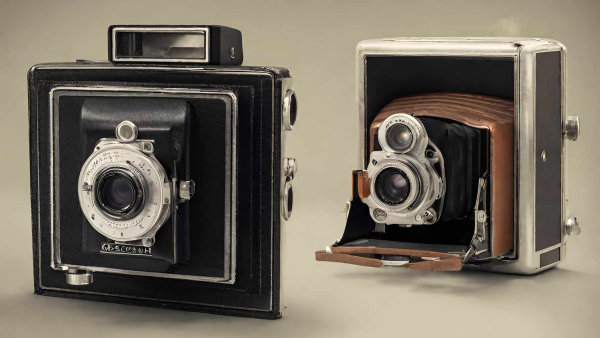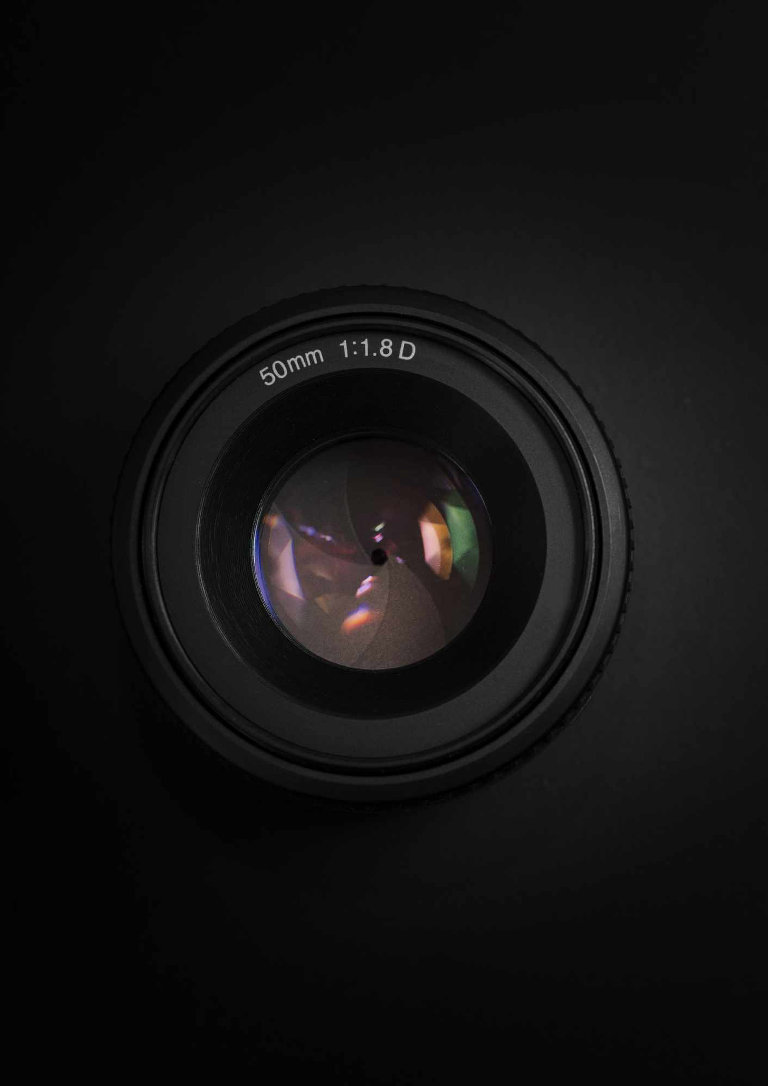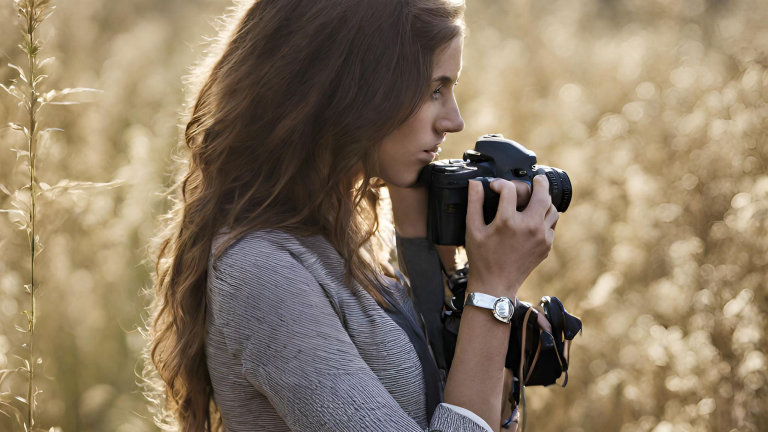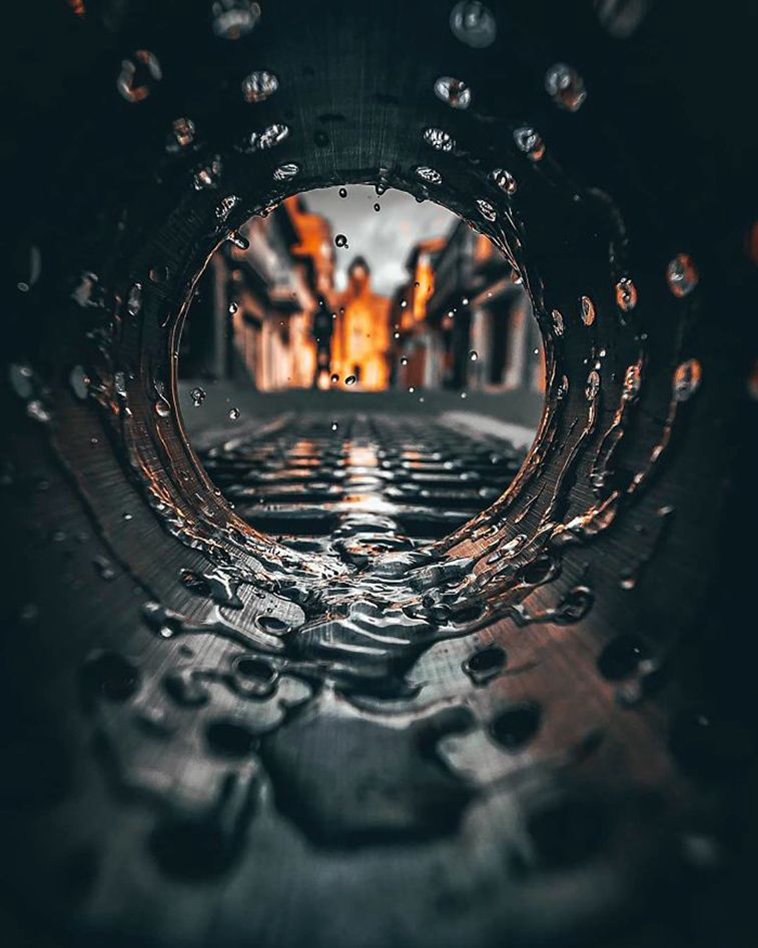
We capture moments, memories, and even history with a click (or tap) on our smartphones. But have you ever considered the incredible journey camera technology has taken to fit in your pocket? Today, we travel through time, exploring the fascinating evolution of cameras, from their humble beginnings to the digital marvels they are today.
Early Glimpses: The Camera Obscura (400 BC – 1800s)
Our journey starts with the camera obscura, a simple box with a small hole that projects an inverted image onto a screen. While not a camera in the truest sense, it laid the foundation for capturing light and forming an image.
Capturing the Moment: The Birth of Photography (1826 – 1880s)
The 19th century witnessed revolutionary breakthroughs. Joseph Nicéphore Niépce captured the first permanent photograph in 1826, followed by Louis Daguerre’s daguerreotype process in 1839. These early methods required long exposure times and cumbersome equipment, but they marked the dawn of photography.
Roll Forward: The Rise of Film (1880s – 1930s)
George Eastman revolutionized photography with roll film in 1888, making cameras smaller, lighter, and more accessible. The Kodak Brownie camera, introduced in 1900, further democratized photography with its affordability and simple operation.
The Golden Age: 35mm Film and the Rise of SLRs (1930s – 1970s)
The invention of 35mm film in 1925 led to smaller, more portable cameras like the Leica I, paving the way for iconic cameras like the Nikon F and Canon F-1. This era also saw the rise of single-lens reflex (SLR) cameras, allowing photographers to see exactly what the lens captured.
Instant Gratification: Polaroid and the Rise of Convenience (1948 – 1990s)
Edwin Land’s Polaroid camera in 1948 offered instant gratification, taking and developing photos within minutes. This convenience, coupled with the rise of compact film cameras, made photography an even more ubiquitous part of everyday life.
Pixels over Film: The Digital Revolution (1970s – Present)
The invention of the digital sensor in the 1970s marked a paradigm shift. Kodak’s first commercial digital camera in 1991 opened the floodgates, leading to rapid advancements in resolution, affordability, and features. Today, digital cameras have surpassed film in popularity, offering instant feedback, editing capabilities, and seamless sharing.
The Future Unfurls: Smartphones and Beyond (2000s – Present)
The integration of cameras into smartphones since the early 2000s has made photography truly ubiquitous. Today, smartphones boast high-resolution sensors, advanced software features, and AI-powered capabilities, blurring the lines between professional and amateur photography.
The Legacy and the Future:
From the camera obscura to the smartphone, camera technology has undergone a remarkable journey. It’s not just about capturing moments; it’s about documenting history, expressing creativity, and connecting with the world around us. As technology continues to evolve, the future of cameras promises even more exciting possibilities, from immersive 360° experiences to AI-powered image manipulation.






